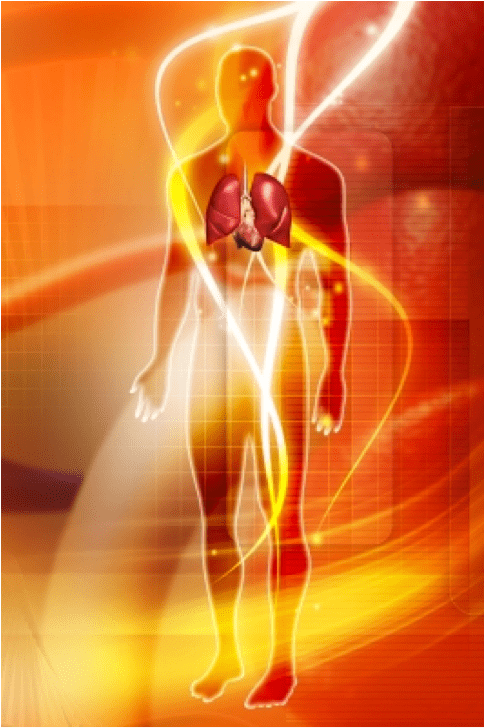With yoga becoming a mainstream wellness practice, I suspect most people today recognize we store or hold unresolved stress and trauma in our bodies as tension. If this tension is not relieved, by that I mean expressed and healed, it emerges as pain, suffering and eventually disease. Whether we practice yoga or some other health-related activity to enact personal healing, we now know wellness is directly impacted by the relationship between mind and body. In other words, prolonged tension or dis-ease is an equal opportunist in that it negatively impacts both our body and our mind and when sustained, without supportive healing, quashes our spirit.
So, how do we counter disease and transform our habits to enable our health and wellbeing? Fortunately, life provides us with many messengers but we must learn to listen to them. When we consider the anatomy of our experiences — that is how we react to life events — a linear progression of sensation, emotion and thought occurs. Our first reaction to any event comes in the form of sensation — a sensing we read through the energy field surrounding our physical body. If we choose to ignore our sixth sense —intuition — our other five physical senses are also activated. What I am describing here is not dissimilar to the experience of animals and birds in the wake of an earthquake or tsunami. Our furry and feathered friends sense the coming of potential disaster through their energy field and begin their escape to safety sometimes long before the actual event occurs.
As humans, we have this same sensing capacity, however, centuries of inhibiting these skills have us scrambling to reintegrate them into our wellness training. As the consequence of such inhibition, we are being consumed by unnecessary physical and mental illness.
World Health Organization 2012:
Heart disease — the number one killer of women (31.5%) and men (26.8%)
Depression — the 2nd leading cause of disease by 2020; currently affects 350 M
The death toll from these two diseases is reason enough to restore our minds and bodies to a healthy state. So, I ask again, how are you recovering your physical and mental wellbeing?
I approach wellness through my yoga practice because it provides me with an integrated and balanced experience. By yoga, I am referring to its eight-limbed path but for the purposes of this blog, I emphasize asana, pranayama and meditation. The asana or postural practice recovers our natural body alignment. Pranayama or conscious breath practice recovers our natural breath. Meditation (mindfulness practice) recovers our natural intelligence and wisdom. For many practitioners, the asanas and meditation (physical and mental) practices are more easily understood than the breath practice. However, we hold the same tension in our breath as we do in our bodies and minds. When we confront stress, we typically gasp, hold our breath or begin to breathe rapidly. And all of this occurs unconsciously.
When your breathing becomes unconsciously altered, the autonomic part of your nervous system resets itself so that your breathing becomes automatically disordered and automatically restricted. Donna Farhi (2012), The Breathing Book: Vitality & Good Health Through Essential Breath Work
In other words when our breath is unconsciously altered (by the death of a loved one, witnessing something that frightens, over-exerting ourselves, illness, etc.), this disordered and restricted breath pattern becomes our New Normal way of breathing. It supplants our previous distorted pattern until the next unconscious altering occurs.
Although these restricted ways of breathing become our normal breath pattern, none of them are our natural breath pattern. How do we know? Because our natural breath wants to be full, relaxed, deep and fluid. Unfortunately, most humans’ normal breathing pattern is not their natural one. To test this out for yourself, set a timer for three minutes, close our eyes and watch your breath without attempting to control it.
What did you discover about your breathing pattern? Is your breath shallow? Is your inhale longer, shorter or the same length as your exhale? Were you able to stop controlling your breath and let it lead you rather than you lead it?
The goal of pranayama is to close the gap between our ‘normal’ breath pattern and our natural healthy breath pattern. As a messenger, the breath provides us with significant clues to our present moment experience. By watching our inhale and exhale, we discover the bridge into our unconscious life. If we do this on a continual basis, we bring our unconsciousness into the light of our awareness — the definition of enlightenment.
Source:
I would like to acknowledge the teachings of Jan Debenham, Yoga Centre Winnipeg, in the above blog.





